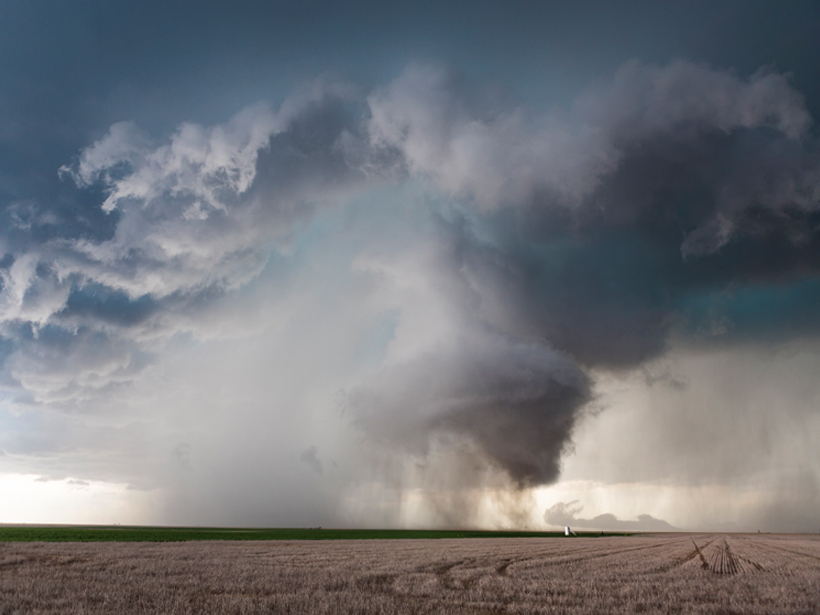Source: Journal of Advances in Modeling Earth Systems (JAMES)
The storm systems that sweep across the central United States drive flooding, drought, and environmental changes that affect communities and economies across the country. People in the path of these storms rely on quantitative precipitation forecasts from numerical weather prediction models, which offer estimates of rainfall hours to days in advance. High-resolution models can be combined with hydrologic models to project broader effects like streamflow and flooding, but model accuracy can fluctuate depending on the season, grid resolution, and available observational data.
The High-Resolution Rapid Refresh (HRRR) model was developed to resolve some of this uncertainty. It uses latent heat profiles derived from radar observations to provide hourly forecasts of convective storms on the scale of 3 kilometers. Because of this precision, honing the HRRR model accuracy has far-reaching benefits for infrastructure and industry across the country. Here Bytheway and use observational data to evaluate HRRR forecast performance.
The team developed a verification process based on data collected during the 2013 warm season by the National Centers for Environmental Prediction Stage IV radar rainfall product, comparing 467 convective precipitation features with HRRR forecast precipitation features. They found that the correlation between modeled and observed features fluctuated over the forecast period, with the closest correlation around hour 3 of any given forecast.
Overall, HRRR forecasted rainfall within 30 kilometers of the observed rainfall throughout the forecast period. It was also relatively good at predicting the location of the storm center of mass, although it tended to skew slightly west. In general, the model predicted smaller storms with rainfall concentrated in more intense cores than were actually observed. The distribution of rainfall within the storms was related to the model’s ability to produce deep convection relative to atmospheric moisture content. The researchers shared these results with HRRR developers, and the updated version of the model attempts to mitigate the biases they identified. (Journal of Advances in Modeling Earth Systems (JAMES), doi:10.1002/2015MS000497, 2015)
—Lily Strelich, Freelance Writer
Citation: Strelich, L. (2015), Forecast versus reality: High-resolution weather prediction, Eos, 96, doi:10.1029/2015EO040137. Published on 25 November 2015.
Text © 2015. The authors. CC BY-NC 3.0
Except where otherwise noted, images are subject to copyright. Any reuse without express permission from the copyright owner is prohibited.

